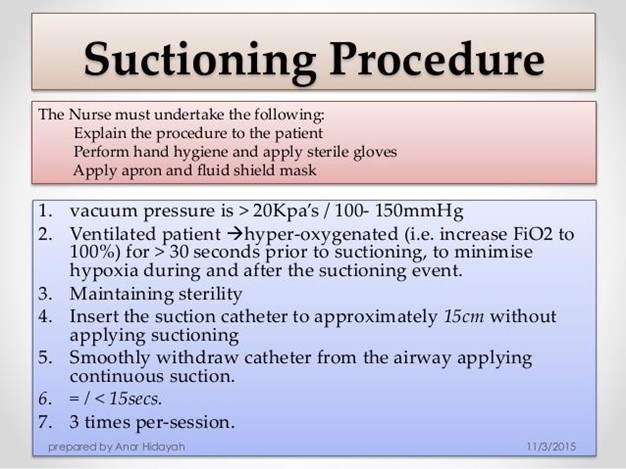A female client with immune thrombocytopenic purpura (ITP) is transferred to a long term care facility for physical rehabilitation. To prevent injury, which action is most important for the practical nurse to implement?
Assess the client for nerve pain or paralysis.
Ensure the client has minimal clutter in the room.
Evaluate the client's neurological status after exercising.
Monitor the client's blood cell laboratory values.
The Correct Answer is B
To prevent injury in a female client with immune thrombocytopenic purpura (ITP) who is transferred to a long-term care facility for physical rehabilitation, the most important action for the practical nurse to implement is to ensure the client has minimal clutter in the room.
ITP is a condition characterized by a low platelet count, which can result in an increased risk of bleeding and bruising. Clutter in the room can pose a hazard and increase the risk of injury. The client may accidentally bump into objects or trip over items, potentially leading to falls or injuries.
Incorrect:
A- Assessing the client for nerve pain or paralysis is important but may not be directly related to preventing injury in this context. It is essential to address these concerns but not the most important action in preventing injury.
C- Evaluating the client's neurological status after exercising is important for overall assessment and monitoring but does not specifically address the prevention of injury.
D- Monitoring the client's blood cell laboratory values is essential for managing the client's condition but does not directly address preventing injury. It focuses more on the medical management of the client's ITP.
Nursing Test Bank
Naxlex Comprehensive Predictor Exams
Related Questions
Correct Answer is D
Explanation
Regular insulin is the medication of choice for treating DKA. Its main action is to lower blood glucose levels by promoting the uptake of glucose into cells and inhibiting the production of glucose by the liver. Therefore, checking the fingerstick blood glucose level is an important indicator of the effectiveness of the insulin treatment.
A decrease in the blood glucose level indicates that the insulin is working to lower the high blood sugar associated with DKA. This measurement helps the PN assess the response to treatment and adjust the insulin dosage if necessary.
The other actions mentioned are also important assessments in the care of a client with DKA, but they do not specifically evaluate the effectiveness of the insulin dosage:
A. Smelling the client's breath for resolution of a fruity odor is important as it indicates a decrease in ketone production, which is a marker of improving DKA. However, it does not directly evaluate the effectiveness of the insulin dosage.
B. Determining the client's orientation to time and space is part of assessing their neurological status, which is crucial in managing DKA. However, it does not specifically assess the effectiveness of the insulin dosage.
C. Measuring the client's urinary output for an increased volume is important to monitor hydration status and renal function, but it does not directly evaluate the effectiveness of the insulin dosage.
Correct Answer is B, A, C, D
Explanation
The correct sequence for the interventions when caring for a client with a tracheostomy tube, after donning sterile gloves, is as follows:
Hyperoxygenate with a bag valve mask (BVM) using a nondominant hand. Insert sterile suction catheter in tracheostomy tube.
Activate suction by covering the catheter opening. Withdraw and rotate the catheter while suction is applied.
The first step is to hyperoxygenate the client using a bag valve mask (BVM) with the nondominant hand. This helps to ensure that the client receives adequate oxygenation during the suctioning procedure.
Next, the sterile suction catheter is inserted into the tracheostomy tube. The catheter is carefully advanced until resistance is met, ensuring it does not force its way in.
After the catheter is inserted, the suction is activated by covering the catheter opening. This creates negative pressure and allows for the removal of secretions.
Finally, the catheter is withdrawn and rotated while suction is applied. This helps to thoroughly suction the secretions from the tracheostomy tube.

Whether you are a student looking to ace your exams or a practicing nurse seeking to enhance your expertise , our nursing education contents will empower you with the confidence and competence to make a difference in the lives of patients and become a respected leader in the healthcare field.
Visit Naxlex, invest in your future and unlock endless possibilities with our unparalleled nursing education contents today
Report Wrong Answer on the Current Question
Do you disagree with the answer? If yes, what is your expected answer? Explain.
Kindly be descriptive with the issue you are facing.
